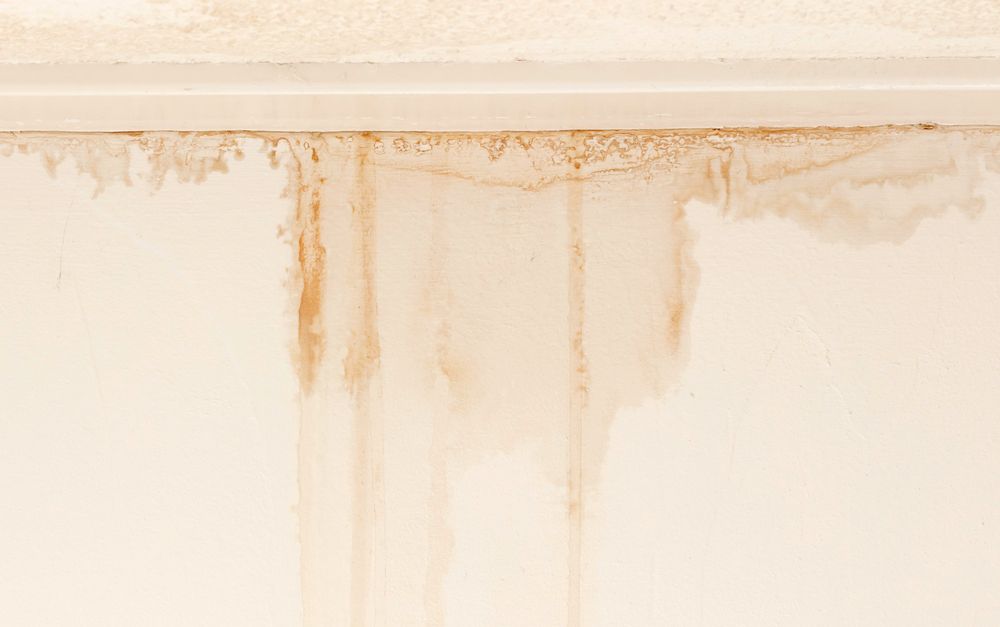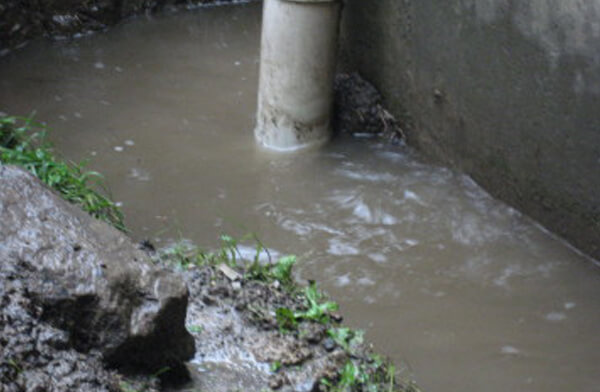Just how to Locate as well as Repair Service Water Leaks-- A Comprehensive Guide
Just how to Locate as well as Repair Service Water Leaks-- A Comprehensive Guide
Blog Article
This post following next pertaining to Locating water leaks is exceedingly intriguing. Give it a try and make your own findings.

Early discovery of dripping water lines can alleviate a prospective calamity. Some little water leakages may not be noticeable.
1. Analyze the Water Meter
Every house has a water meter. Inspecting it is a proven manner in which assists you uncover leaks. For starters, shut off all the water sources. Guarantee no one will certainly flush, make use of the faucet, shower, run the washing device or dishwashing machine. From there, most likely to the meter and also watch if it will certainly change. Since no person is utilizing it, there ought to be no motions. If it relocates, that suggests a fast-moving leak. Also, if you detect no changes, wait a hr or 2 and also check back once again. This indicates you may have a sluggish leak that can even be below ground.
2. Check Water Usage
Analyze your water bills as well as track your water consumption. As the one paying it, you ought to discover if there are any type of disparities. If you identify sudden changes, regardless of your usage coinciding, it means that you have leaks in your plumbing system. Remember, your water costs must fall under the very same array on a monthly basis. An abrupt spike in your costs suggests a fast-moving leakage.
At the same time, a steady rise every month, despite having the very same routines, reveals you have a slow leak that's additionally gradually intensifying. Call a plumber to thoroughly examine your building, particularly if you feel a cozy location on your floor with piping underneath.
3. Do a Food Coloring Test
30% comes from commodes when it comes to water usage. Examination to see if they are running effectively. Decline specks of food shade in the container as well as wait 10 mins. There's a leak between the storage tank as well as dish if the color somehow infiltrates your bowl throughout that time without flushing.
4. Asses Outside Lines
Do not neglect to inspect your outdoor water lines too. Test faucets by connecting a garden hose. Must water leak out of the connection, you have a loosened rubber gasket. Replace this and make certain all links are limited. It will help obtain it skillfully checked out as well as maintained yearly if you've got a lawn sprinkler system. One little leak can lose tons of water and also increase your water expense.
5. Examine and Evaluate the Scenario
Homeowners should make it a behavior to check under the sink counters as well as even inside cupboards for any type of bad odor or mold and mildew growth. These 2 warnings suggest a leak so prompt focus is required. Doing regular inspections, even bi-annually, can save you from a significant issue.
Examine for stainings and weakening as a lot of devices and pipelines have a life expectations. If you think dripping water lines in your plumbing system, don't wait for it to intensify.
Early detection of dripping water lines can minimize a prospective catastrophe. Some small water leaks may not be noticeable. Checking it is a guaranteed way that helps you uncover leakages. One little leak can squander lots of water and surge your water expense.
If you believe leaking water lines in your plumbing system, do not wait for it to escalate.
How to Know If Your Home Has a Hidden Leak
Water Meter Reveals Inexplicable Water Usage
If you’d like to test whether or not there’s a leak somewhere in your home, you can do this using your water meter. Here is how to conduct the test:
Don’t use any water in your home for at least 30 minutes; this also means not turning on faucets or water-using appliances.
Go outside, and check your water meter for activity.
If your water meter shows that there was activity, even though no one was using any water, this proves that there is a leak in your home.Visible Mold or Mildew Growth
Leaks behind walls create moist, dark environments that allow mold and mildew to grow and thrive. Eventually, you might see mold growth forming on the wall closest to a hidden leak.
If mold is growing in an area that receives a high amount of moisture, such as a bathroom, it may simply be an indication that better ventilation is needed. However, if you see mold growth on a wall or the ceiling in an area where you would not expect, you probably have a hidden leak.
Musty, Mildew Odor
Sometimes you might not be able to see the mold or mildew that is growing as a result of a leak. However, the smell can give the problem away just as easily. If you catch a whiff of something musty, there’s a good chance that old water is collecting somewhere in your home that you can’t see.
Stained/Warped Walls, Ceilings, or Floors
When your home soaks up water, a variety of red flags can become visible, including ceiling stains, bubbling drywall, warped walls, and sagging floors. While these issues can be caused by excess humidity, they can also be signs that a pipe or plumbing connection has started leaking behind your walls.
Inexplicably High Water Bill
After a while, you get a general sense for what your water bill should be. If you own a pool or sprinkler system, your bill will tend to be higher during summer. However, if you receive a water bill that seems especially high, and you can’t figure out what caused it, then you may have a hidden leak somewhere that’s increasing your bill.
https://www.plumbingjoint.com/blog/2019/july/how-to-know-if-your-home-has-a-hidden-leak/

As a serious reader on Detecting hidden plumbing leaks, I was thinking sharing that piece of content was a smart idea. Be sure to take the opportunity to share this page if you liked it. I praise you for your time. Visit again soon.
Report this page